Preamble
The devastating Corona Virus ravaging the globe despite the easing of lockdown in several parts of the World, is not over yet. Stay Safe!
A very disturbing issue is the neglect in the medical waste emitted in the pandemic, ranging from Syringes, Face masks, diagnostic samples, chemicals, blood, body parts amongst others.
Poor management of medical waste exposes medical personnel, patients, scavengers and the general public.
It is therefore, imperative to appropriately dispose medical waste materials at the point of generation with treatment and safe disposal.
Following the outbreak of the Corona Virus pandemic, more medical waste are now generated daily, with inadequate disposal or treatment facilities in some places. Thus, posing a serious risk on health and the environment.
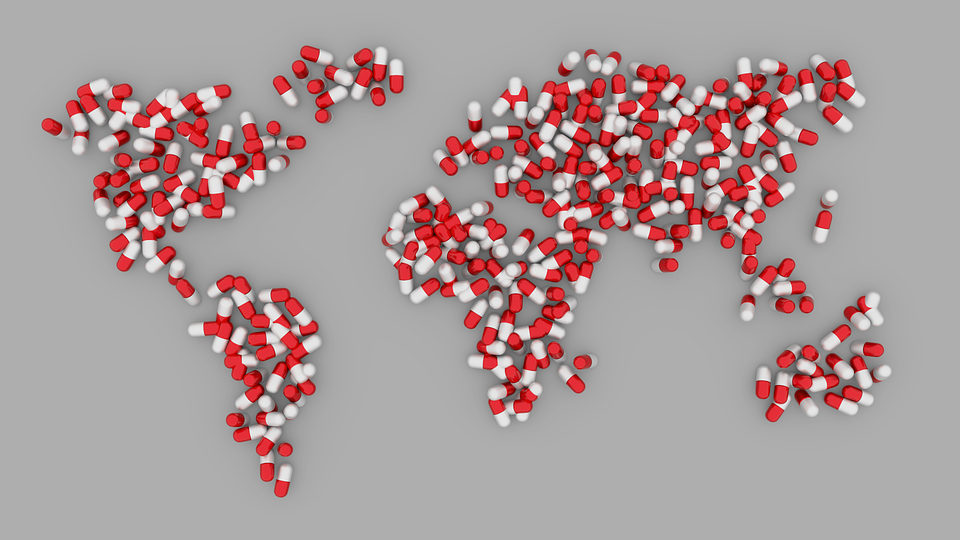
Source: Pixabay
Photo Credit: Jniittymaa
INTRODUCTION
Likened to a wildfire, the current pandemic has spread to all continents of the world.
What Exactly does Corona Virus Mean?
CORONA VIRUS
CO stands for Corona
VI stands for Virus
D stands for Disease
Formerly referred to as "2019 novel Corona Virus, a novel Corona Virus (CoV) is a new strain of the corona virus which was first identified in Wuhan, China and in 2019 named Corona Virus disease (Covid-19).
Covid-19 is linked to the same family as the Severe Acute Respiratory Syndrome (SARS), derivative of cold.
What are the Symptoms of Corona Virus?
Basically, the symptoms of Corona Virus are shortness of breathing, fever and cough.
The symptoms are quite similar to influenza (Shortened as: Flu). It is pertinent to reiterate that whilst these symptoms are common symptomatic patients of Covid virus, asymptomatic patients have the virus but with no symptoms.
How does Corona Virus Spread?
The virus is transmitted through a direct contact with droplets of respiratory extract from infected person through sneezing or coughing or touching surfaces contaminated with virus.
How can contracting the virus be prevented?
Appropriate preventive measures such as; Use of Face mask, Frequent hand washing and use of hand sanitizers, Sneezing and Coughing on flexed elbow or tissue disposed after coughing on sneezing on are vital to curtail the spread of the pandemic.
In essence, Washing of hands regularly before and after eating, blowing nose, sneezing or coughing and going to the toilet or bathroom used to be a normal hygiene practice but with Covid-19 pandemic, it is an enforced measure to wash hands regularly before and after entering and leaving public places such as; malls, Churches and Mosques, and workplaces.
If Soap and Water are not available, the use of at least a 60% alcohol percent composition based hand sanitizer is necessary as an alternative.
Social Distancing is another measure effected by appropriate health bodies to curtail the spread of the virus.
Use of face mask is advised as a vital 'fashion apparel' to help curb the spread of the virus. Face mask is advised as a precautionary measure to mitigate covid-19 transmission through respiratory symptoms (coughing and sneezing) from patients.
Sadly, Face masks, shields and so many other medical materials and gadgets used in the hope to check the Covid-19 pandemic are not properly disposed thus, posing a threat on the environment.
MEDICAL WASTE
Medical waste includes all wastes generated by Hospitals, medical Laboratories, Pharmaceutical companies and medical research facilities. It includes wastes emanating from dialysis, insulin injections, inappropriate disposal of medical Personal Protective Equipment (PPEs) as noticeable from the Covid-19 pandemic. Apparently, so many face masks, shields, syringes and other used medical equipment or materials are inappropriately disposed despite inefficient or unavailable medical waste recycling facilities, some climes of the world do not practice safe incineration of these medical waste.
As at May 21, 2020, 188 countries of the world has reported the spread of the covid-19 pandemic with more than 10 million cases globally today, the spread of the virus may sadly be increased by inadequate waste management practices.
According to the press conference for the joint prevention and control mechanism of China's State Council, the daily covid-19 medical waste reported in China is about 468.9 tons
Wastes from Covid-19 protective face masks has greatly increased the likelihood of contracting the virus through pathogens embedded in the used face masks.
CATEGORIES OF MEDICAL WASTES
Infectious wastes: This contains pathogens such as; viruses, parasites, bacteria or fungi in higher concentration to cause disease in susceptible hosts.
Examples of infectious wastes are; cultures and stocks from infectious agents, wastes accruing from autopsies on infected patients' tissues or equipment in contact with body fluids such as blood.
Other examples are wastes from disposable towels, gowns, aprons, excreta, surgical wounds or clothes heavily soaked with blood of infected person.Pharmaceutical wastes: This exceeds just drugs alone but includes expired, unused and contaminated pharmaceutical products such as syringes, gloves, connecting tubes and bottles.
Sharps: These are dangerous items that have the tendency to inflict injuries on a person(s) through cuts. Examples are; Scalpel, blades, knives, infusion sets, hypodermic needles, etc.
Whether infected or not, these items tagged "Sharps" are hazardous medical wastes and have the potential to transmit infectious easily.Pathological waste: This consists of derivatives of pathogen causative agents such as; body parts, tissues, carcasses and organs. Sometimes considered a subcategory of infectious wastes. Holistically, this is very dangerous and should be properly disposed.
Genotoxic wastes: These are hazardous and posses carcinogenic, mutagenic and teratogenic properties. These category of wastes includes cytostatic drugs, vomit or urine from patients.
Cytotoxic drugs are useful in radiotherapy and oncology units of Specialized hospitalsChemical wastes: These consists of liquid, solid and gaseous chemicals obtained from experimental, diagnostic research and in disinfecting as well as cleaning surfaces.
Chemical wastes from Health facilities may be hazardous or nonhazardous. Hazardous chemical wastes consists of the following properties; corrosivity, flammability, reactivity and toxicity.Radioactive waste: Ionizing radiations in Medicine such as; Alphs particles, Beta particles, Gamma Particles and X-Rays emits radioactive substances . X-ray tubes for instance, emits radiations when the X-ray equipment is switched on. Radionuclides undergoes disintegration spontaneously known as "Radioactive decay" liberating energy through fission or fusion.
IMPACTS OF MEDICAL WASTE ON THE ENVIRONMENT
Normally, Medical wastes are mixed up with conventional domestic wastes to be disposed in landfills but that is very wrong and much more wrong and dangerous in the wake of the Covid-19 pandemic since the harmful chemicals emanating from medical wastes may pollute air, water and land then in the long run, cause health problems.
Medical waste, a major source of contamination to water bodies from landfills can affect both the fauna and flora species of the ecosystem.
Emphasis is on other aspects of medical emergencies during the Corona virus pandemic but little attention is focused on medical wastes which are often great contributors in the spread of the virus.
Poor medical waste management system provokes degrading environment and makes human health prone to ill health and diseases such as; Cholera, Typhoid, Hepatitis amongst others. Accompanied by worry about a degrading environment, it takes a toll on the psychology of people, thus leading to Eco-anxiety.
An effective medical waste management system is necessary for all levels of Governments' enforcement on Hospital staff for safe management of hazardous waste.
Recycling and reuse of these wastes is possible in a circular economic contexts but appropriate technical know how and technologies for these are not available across the world.
Questions:
With no cure yet, is it advisable to recycle or reuse Covid-19 infected medical wastes?
What is the most preferred method you think should be used for disposing medical wastes during this pandemic?
CONCLUSIONS
SARS-CoV-2, though a novel respiratory virus is highly contagious and infectious and thus, well planned prevention and control measures should be enforced by relevant authorities and the general populace should take necessary precautions to help the relevant authorities check the spread of the virus.
Single effort of appropriately disposing face masks and shields as well as other medical PPEs we use during this time can collectively curtail the spread.
RECOMMENDATION
Firstly, Medical wastes from Hospitals, Isolation centres, Observation wards and Medical Laboratories should be treated just like Covid-19 and labelled with 'COVID-19 INFECTION'.
A double-layered medical waste bags should be used in packaging infectious and pathological wastes with the bag surfaces, sterilized by spraying chlorine content disinfectant.
High pressured steam sterilization of about 120°C for 100 minutes should be ensured before conveying the medical waste for processing if need be or incineration alternatively.
Then, they should be subjected to high-pressure steam sterilization at 121°C for 110 minutes before placing them into the medical waste bucket.
Furthermore, a separate storage area should be temporarily built for Covid-19 medical waste with danger warning marked to scare people from encroaching or coming close. The wastes should be stored daily and incinerated every 24 hours.
Thank you @scholaris for inspiring me to create this content from your recent article on Corona Virus
Stay safe!
REFERENCES
Corona Virus: What Parents should know
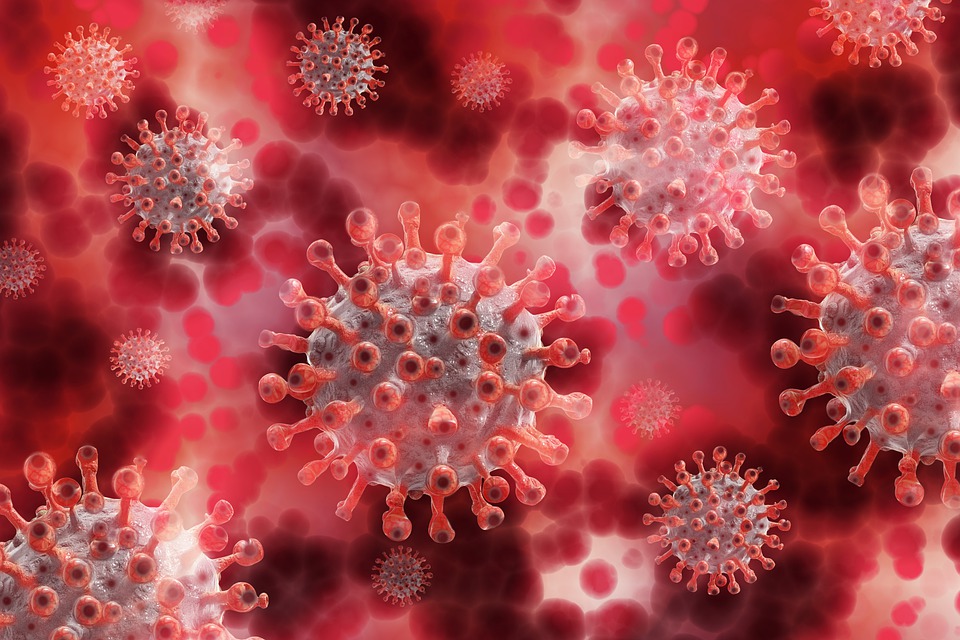
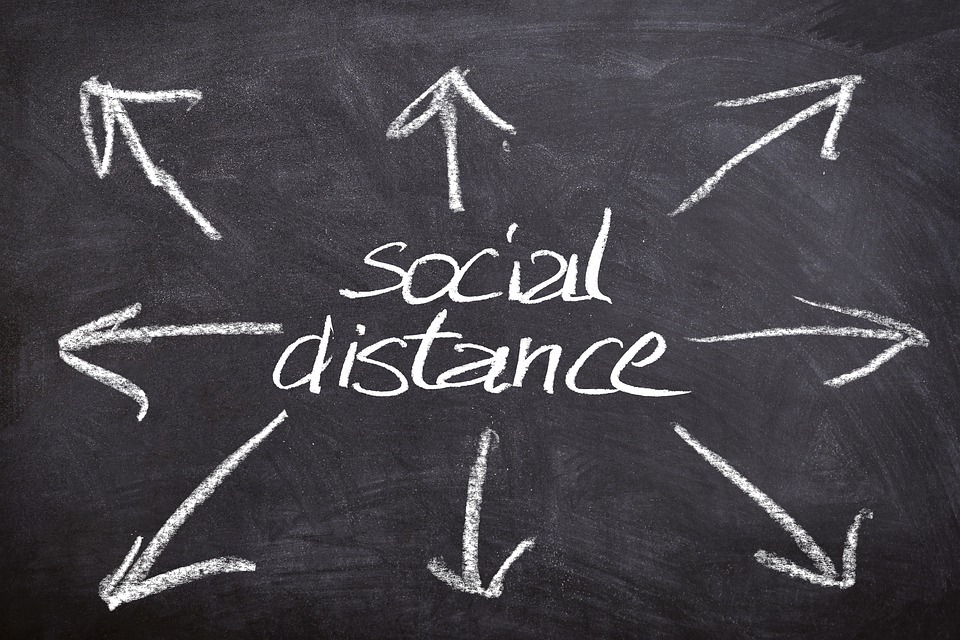
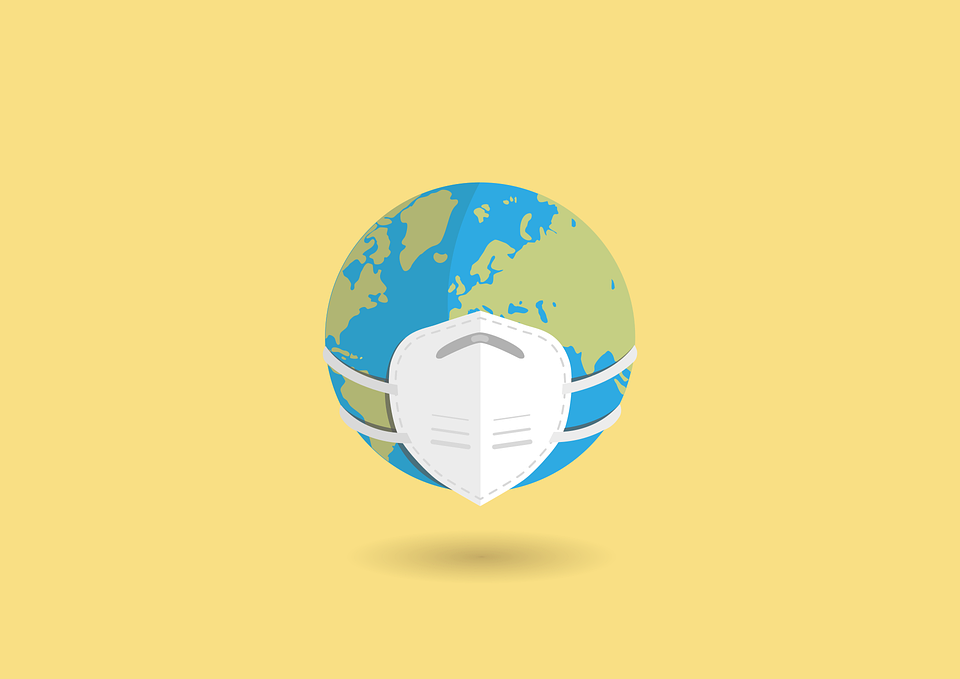
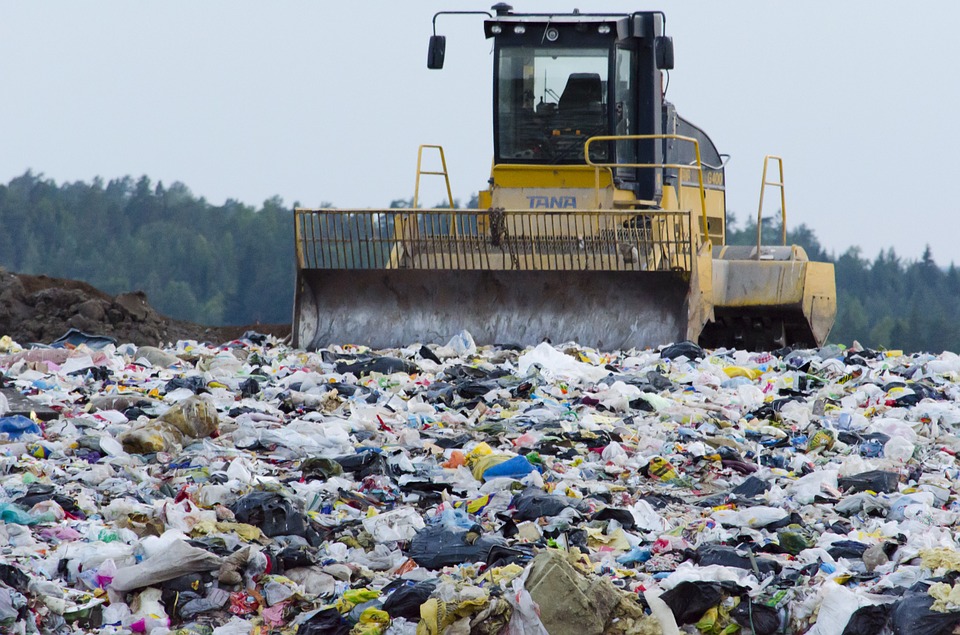
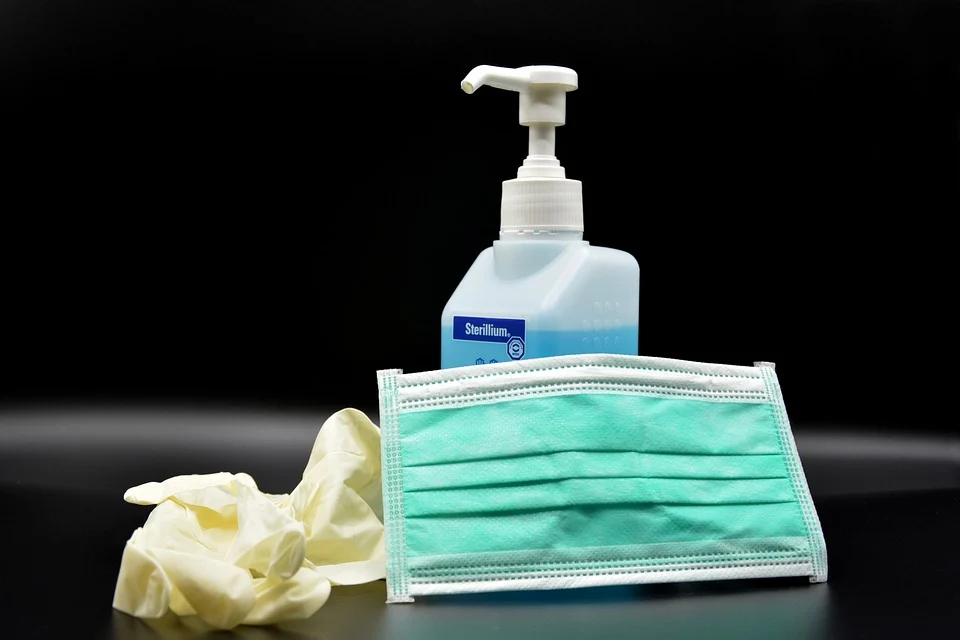

I am honored at the mention. Thank you very much. Some of your recommendations are in practice in Los Angeles, California. They utilize, I believe, steam sterilization.
I’m uncertain of the length of time for sterilization, but at least one facility cooks the waste under 50 PSI and 300 degree steam.
Radioactive waste contaminated by COVID is a separate beast entirely. My guess is that it’s transported to some radwaste facilities and buried. It’s just a guess though. General rad waste goes to similar facilities where I work, but I am uncertain how it gets handled after adding the moniker biohazard.
Have a great day and thank you for your article.
Great!
In developing climes like where I hail from, the story is very different
Sadly, medical waste is disposed same way and using the same approach as domestic wastes.
Not a bad approach though
I believe Life Cycle Assessment might be useful here...
A life cycle assessment would indeed be useful, and I feel it has been done. The problem is time. When dealing with particles whose half-life range from seconds to millions of years, the only real solutions are either incineration or storage.
Currently, the most effective way to "dispose" of spent fuel in nuclear power plants is to store them, indefinitely, in specialized casks that remain on-site at the facility. The technology is impressive. One spent fuel bundle puts out enough radiation to kill someone in seconds. These casks house several dozen spent fuel cells, and the cask will put out radiation that's slightly above background radiation levels.
For conventional radioactive waste, I know Belgium has been incinerating theirs for a couple of decades. Their process is pretty sound.
Ultimately, the problem of half-life still remains a significant factor of difficulty in dealing with radioactive waste. Theoretical solutions that attempt to solve that problem involves utilizing fast reactor systems or fast laser pulses. The fast laser pulse concept is pretty far out there as it proposes to reduce the half-life of atoms from "a million years to 30 minutes".
Won't it mutate and explode over time?
That was actually the in my region as a developing nation, Nuclear was just not what we needed the most despite the epileptic power supply.
I feel incineration for powering turbines might be better than using Nuclear reactors.
Notwithstanding, your points are very valid. Perhaps, great technology and technical is necessary for this as you sighted
The casks won’t explode. After the reactor consumes the usable uranium fuel, the used fuel cells get stored in a cooling pool for not less than five years. Those cells qualifying for dry cask storage are arranged with 32 other bundles for the lowest flux distribution and power output. Cells qualifying for dry storage need to be below a thermal output and in the pool for at least 5 years.
They get transported to a separate area where they remain until there is another long term facility available for their receipt.
Over time dose rates will lower. The casks are air cooled.
Oh! So informative!!!
Great!!!
Congratulations @michaelugom! You have completed the following achievement on the Hive blockchain and have been rewarded with new badge(s) :
You can view your badges on your board And compare to others on the Ranking
If you no longer want to receive notifications, reply to this comment with the word
STOPSupport the HiveBuzz project. Vote for our proposal!